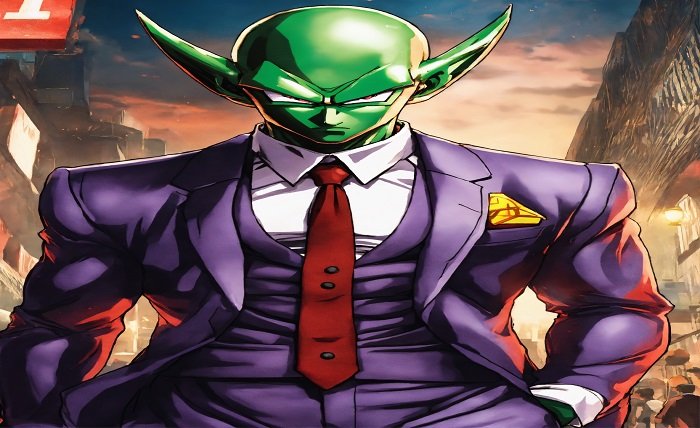Sayari: The Complete Guide to Expressions, Emotions, and Art of Words

Sayari has always been one of the most beautiful forms of emotional expression through words. Whether it is love, heartbreak, motivation, or friendship, sayari allows people to share their deepest emotions in a creative and poetic way. The tradition of sayari has been passed down for centuries, making it a timeless art form that still touches hearts today. From traditional gatherings to social media platforms, sayari has adapted to modern times while preserving its cultural richness. Many individuals turn to sayari not only to express themselves but also to find comfort in the words of others. In this guide, we’ll explore everything about sayari, including its origin, forms, and importance in today’s world.
The Origin and History of Sayari in Literature
The origin of sayari can be traced back to the early days of Urdu and Persian poetry, where poets used beautifully structured verses to express emotions. Over time, sayari evolved as a unique form of literature that connected directly with human feelings. The beauty of sayari lies in its simplicity—short yet impactful lines that convey emotions more deeply than long speeches. In ancient times, sayari was recited in cultural gatherings known as “mushairas,” where poets showcased their talent. Even today, these events remain popular, keeping the tradition of sayari alive. The influence of sayari has spread beyond South Asia, inspiring poets and writers across the world. As history shows, sayari is more than just words—it is a cultural heritage that continues to evolve with each generation.
Different Types of Sayari and Their Unique Impact
Sayari comes in many forms, each carrying its own unique purpose and emotional depth. One of the most popular types of sayari is love sayari, which expresses the beauty of romance and the pain of heartbreak. Another type is sad sayari, which resonates with people going through emotional struggles. Friendship sayari highlights the value of true companionship, while motivational sayari encourages individuals to keep moving forward in life. Each type of sayari connects differently with the audience, depending on their emotional state. The versatility of sayari makes it suitable for all occasions, whether someone is celebrating love, overcoming challenges, or cherishing memories with friends. By exploring these different types, it becomes clear that sayari has the power to touch every heart in a unique way.
The Role of Sayari in Modern Digital Culture
In today’s digital world, sayari has found a new home on social media platforms, where millions of people share and read it daily. Platforms like Instagram, Facebook, and Twitter are filled with sayari posts that quickly go viral because of their emotional relatability. Short video platforms also feature sayari recitations, attracting younger audiences to this age-old art. Many influencers use sayari as a way to connect with their followers, while others publish sayari collections in digital books and blogs. The accessibility of sayari in the digital space has made it more popular than ever, breaking geographical boundaries and reaching people worldwide. With technology, sayari has become a universal language of emotions, proving that heartfelt words never lose their value, no matter the era.
Why People Love Sharing and Reading Sayari
The love for sayari comes from its ability to connect deeply with human emotions. People often find it difficult to express their feelings openly, and sayari gives them the perfect way to communicate without saying much. Sharing sayari has become a cultural habit, where individuals post meaningful lines on their social media status, messages, or even in conversations with friends. Readers enjoy sayari because it reflects their own emotions, making them feel understood and less alone. Sayari also brings comfort during difficult times, reminding people that others have experienced similar feelings. The emotional connection created through sayari is the reason why it continues to be one of the most beloved forms of expression. It is not just about reading or writing—it is about feeling every word deeply.
How to Write Beautiful Sayari from the Heart
Writing sayari requires creativity, emotion, and the ability to capture feelings in just a few lines. The first step in writing sayari is to identify the emotion you want to express—love, pain, hope, or gratitude. Once the theme is clear, use simple yet powerful words that resonate with the reader. The beauty of sayari lies in metaphors, comparisons, and rhythmic flow, so adding these elements makes your sayari more impactful. Many famous poets suggest writing sayari by first noting down your feelings and then transforming them into poetic expressions. The key to writing memorable sayari is authenticity—when the words come from the heart, they automatically touch others. By practicing regularly, anyone can develop the art of writing sayari and contribute to this timeless tradition.
The Universal Appeal and Future of Sayari
Sayari has a universal appeal because emotions are common to all human beings, regardless of culture or language. Even if someone doesn’t fully understand the language of a sayari, they can still feel its emotional depth through tone and delivery. This universality ensures that sayari will always have a place in human society. With globalization and digital sharing, the future of sayari looks brighter than ever. Young writers are creating innovative sayari styles, blending tradition with modern themes, ensuring it stays relevant in changing times. As long as people continue to feel love, pain, joy, and hope, the tradition of sayari will continue to thrive. Sayari’s power lies in its ability to express the unspoken, and that is why its future remains secure.
Conclusion
In conclusion, sayari is much more than just a collection of poetic lines—it is an emotional bridge that connects hearts and minds. From its origins in classical literature to its widespread popularity in today’s digital culture, sayari has proven its lasting power. Different types of sayari allow people to express love, sadness, friendship, and motivation in ways that ordinary words cannot. The comfort and inspiration people find in sayari make it a treasure of human expression. As we move forward in an increasingly fast-paced world, sayari reminds us to pause, reflect, and appreciate the depth of our emotions. Truly, sayari will continue to shine as a timeless art form for generations to come.
FAQs
1. What is the meaning of sayari?
Sayari refers to a form of short poetic expression, usually in Urdu or Hindi, that conveys deep emotions in a few lines.
2. What are the most popular types of sayari?
The most popular types of sayari include love sayari, sad sayari, friendship sayari, and motivational sayari, each serving a unique purpose.
3. Can anyone write sayari?
Yes, anyone can write sayari by expressing their genuine emotions in poetic form. With practice, one can master the art of writing sayari.
4. Why is sayari so popular on social media?
Sayari is popular on social media because it is short, relatable, and emotionally powerful, making it easy for people to share and connect with.
5. What makes sayari timeless?
The timeless nature of sayari lies in its ability to express universal emotions like love, pain, and joy in a simple yet powerful way.





